BFCM Conversion Tactics: Smart Bundles, Flash Sales & Scarcity Marketing
Reading Time: 13 minutesStill approaching BFCM with generic discounts, last-minute price cuts, or scattered promotions?…
B2B eCommerce is a short form of business-to-business electronic commerce is selling products or services between two or more businesses through the internet. In general, it is used to upgrade the capability of companies. With an ecommerce website, orders can be processed automatically instead of processing orders manually by telephone or e-mail. B2B Marketplace is an online marketplace that acts as a center for the business community where various businesses and companies such as seller and buyer companies, suppliers, importers, exporters, retailers, wholesalers, etc. Will be able to connect with each other to sell and buy the various products on one platform. In simple terminology, it is a digital marketplace where a business is operated with another business in terms of a commercial transaction.
According to Forrester Research, Andy Hoar wrote on April 12, 2015, the report Death of a (B2B) Salesifan and noted that “1 million US B2B salespeople will lose their jobs to self-service eCommerce by the year 2020.”
According to statistics, almost 90% of product researchers at the B2B level start with search engines. This shift began with the websites like Amazon and Alibaba and has changed the significant way of operating any B2B Online Marketplace.
According to Statista, In 2017, the gross merchandise volume of business-to-business e-commerce transactions is projected to amount to 7.66 trillion U.S. dollars, up from 5.83 trillion U.S. dollars in 2013.
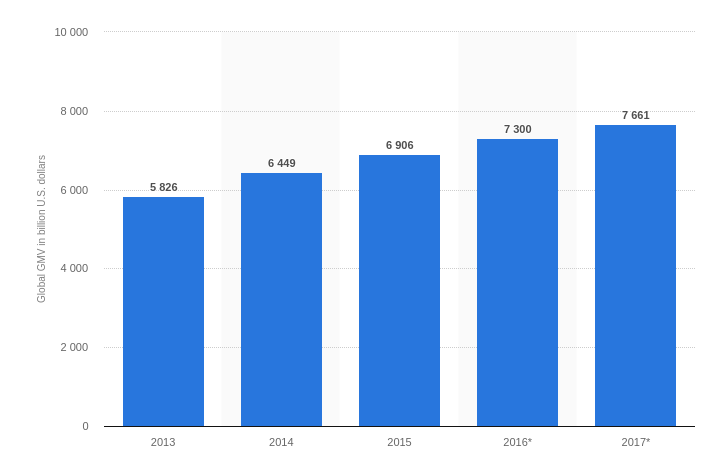
A B2B company is essentially a business relationship manufacturer, a wholesaler, or a retailer. A supply chain usually involves more than two companies. Such goods as plastic, grain, or chemicals don’t always have a practical use for consumers but are important for wholesale distribution, which is the base of the business-2-business model. Products and resources may be provided by a number of suppliers; and careful planning is vital to performing-efficient transactions, considering complex integration schemes.
Learn more about B2B eCommerce, the benefits and challenges, and how to capitalize and overcome them with this guide to building a successful B2B marketplace.
So, B2B companies will be able to gain very good opportunities through the online B2B marketplace strategy to expand their business and thus increase their profit.
According to Archana Vidyashankar, senior research analyst for Frost Sullivan’s Visionary Research Group, the main driver for the growth of B2B eCommerce is the online marketplace model – bringing together large numbers of buyers and vendors onto one platform.
Below are five reasons B2B companies should expand their business into their Online Marketplace:
In addition to this $7 Trillion global forecast by Frost & Sullivan, Forrester Research estimates that B2B Online Marketplace will exceed $1 Trillion by 2020 in the US market alone. The firm also found B2B Online marketplace sales in the US in 2015 to total $780 Billion, more than double those of B2C eCommerce, which “only” reached $305 Billion.

B2B Online marketplace will be mainly growing strongest in manufactured goods, such as spare parts in the automotive and aerospace industries, electronics, industrial machinery, and office supplies equipment. This represents a huge market opportunity for vendors and customers both.
B2B buyers now conduct research and purchase online, changing the dynamics of how B2B commerce works. Nearly 50% of companies with an Internet storefront estimated that more than half of their client portfolio would fully or partly migrate to the Web channel over the next three years.
According to the Accenture survey, 2015 B2B Customer Experience B2B companies that consistently and significantly outperform their peers stand apart by having both strong strategies and execution capabilities. B2C sites offer a wide range of products at fair prices and convenience. This will provide buyers with the various option such as if buyers cannot find what they want on one site, they can easily and quickly move to another.
The keys to acquiring and retaining professional customers are the same as the benefits offered by a Marketplace:
Given the changes in B2B buying behavior, distributors must optimize the online buying experience by following best practices of B2C. Amazon is the reference model for all B2B players investing in the eCommerce channel, so much so that companies aspire to recreate the “Amazon experience” on their own websites (according to a study conducted by SAP Hybris and Forrester.)
Doing so requires increasing the breadth of products offered while keeping Quality of Service (QoS) high. These are two essential levers (the other being price) of an effective strategy for acquiring and retaining professional customers. The Online Marketplace model is the only one that addresses all three levers. Amazon changed the game in B2C retail and is having a fast impact in B2B, with Amazon Business doing over $1 Billion in its first year of operation
The best way to create customer value is to gain and maintain that customer’s trust. When a customer decides whether to buy any product from one company or any competitor company, then he will basically compare the price and quality of the product. On the basis of that, his trust will increase. This will help customer and sellers both to make the decision and his trust will remain. There are very few companies in the market that can be trusted by the customers. Therefore, whenever a customer finds a company that can be trusted by him, he finally realizes that this company is worth his investment and ensures to maintain the business relationship.
In general, every business wants to gather more and more customer as possible. Online Marketplaces have advantages in this area as they already have an established customer base. The online Multi-vendor marketplace will have many vendors and product varieties. So, as many vendors connect to it, more customers will be attracted to that marketplace. With the Multi-vendor Marketplace model, vendors with even small businesses can also come into an audience of buyers that were previously inaccessible. Buyers also win, gaining access to an extremely wide range of supplier catalogs and products, with a customer experience that rivals B2C standards.
Get More from B2B Marketplace with Our Advanced B2B Marketplace
B2B Online Marketplace With Various Features Brings Out The Best
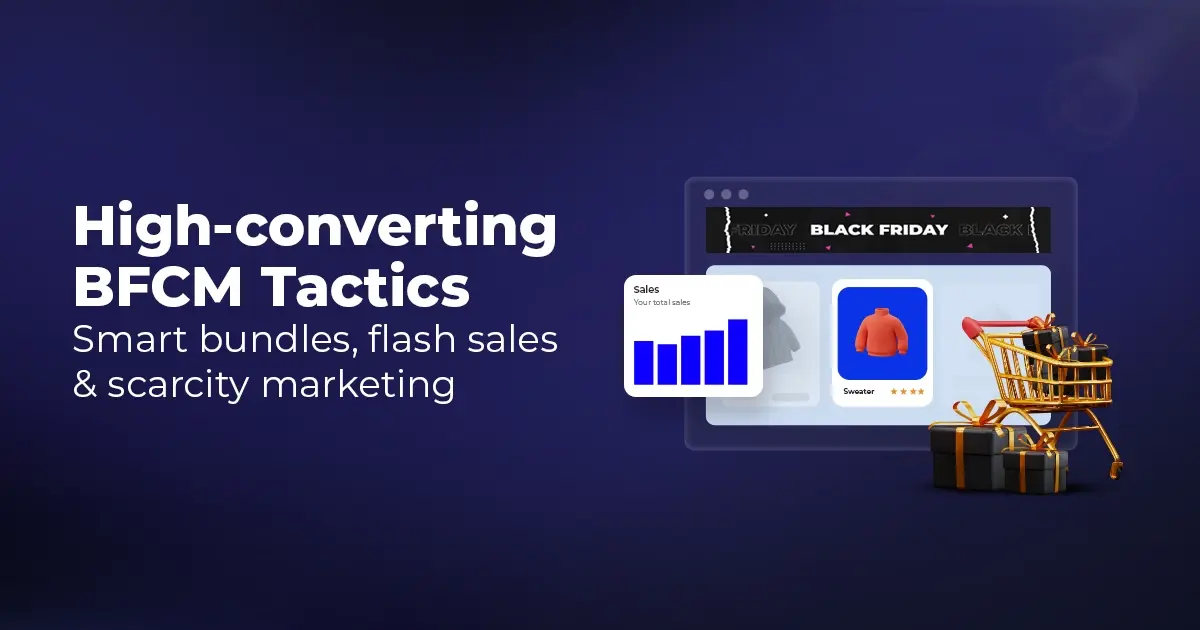
Reading Time: 13 minutesStill approaching BFCM with generic discounts, last-minute price cuts, or scattered promotions?…

Reading Time: 3 minutesTikTok Shop reached a major milestone during its largest U.S. “Global Black…

Reading Time: 3 minutesOpenAI has announced a new AI-powered shopping research tool designed to help…

Reading Time: 9 minutesIf your TikTok Shop listings often sit in review or your visibility…

Reading Time: 3 minutesAmazon has rolled out a new “Seller Challenge” feature for eligible Account…

Reading Time: 3 minutesWalmart Marketplace has sharpened its requirements around product classification (category, type group,…

Reading Time: 3 minutesJust ahead of Black Friday, Amazon is enforcing tighter controls on its…

Reading Time: 11 minutesWhere holiday prep of past years focused on legacy channels like Amazon,…
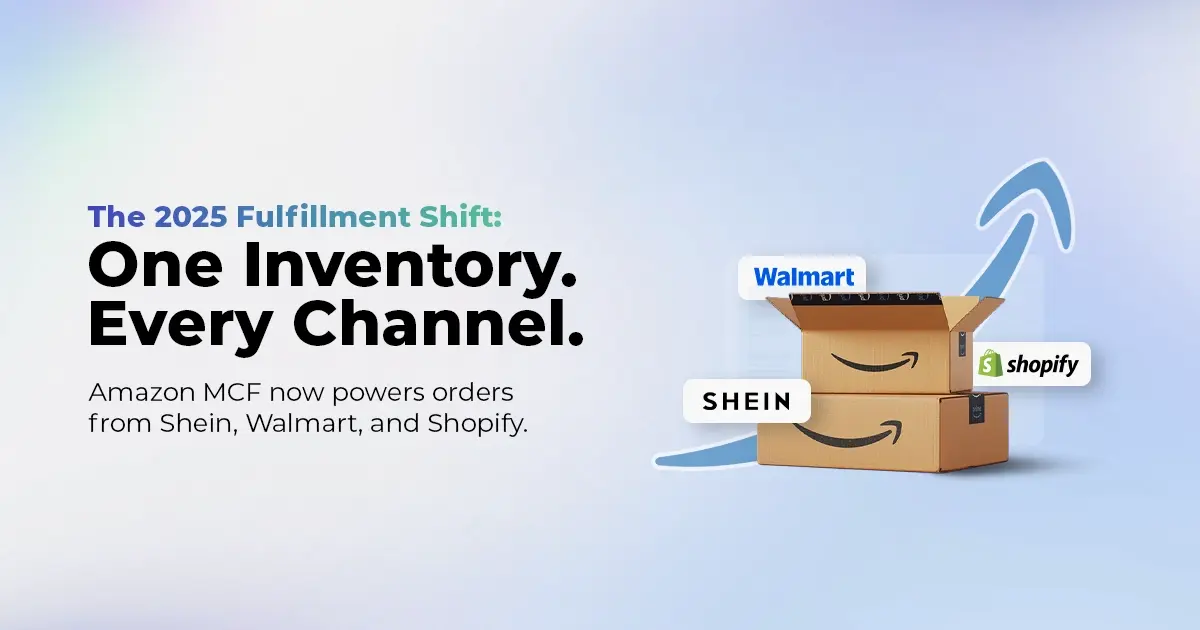
Reading Time: 11 minutesThe eCommerce shift you actually need to act on Multi-channel fulfillment has…
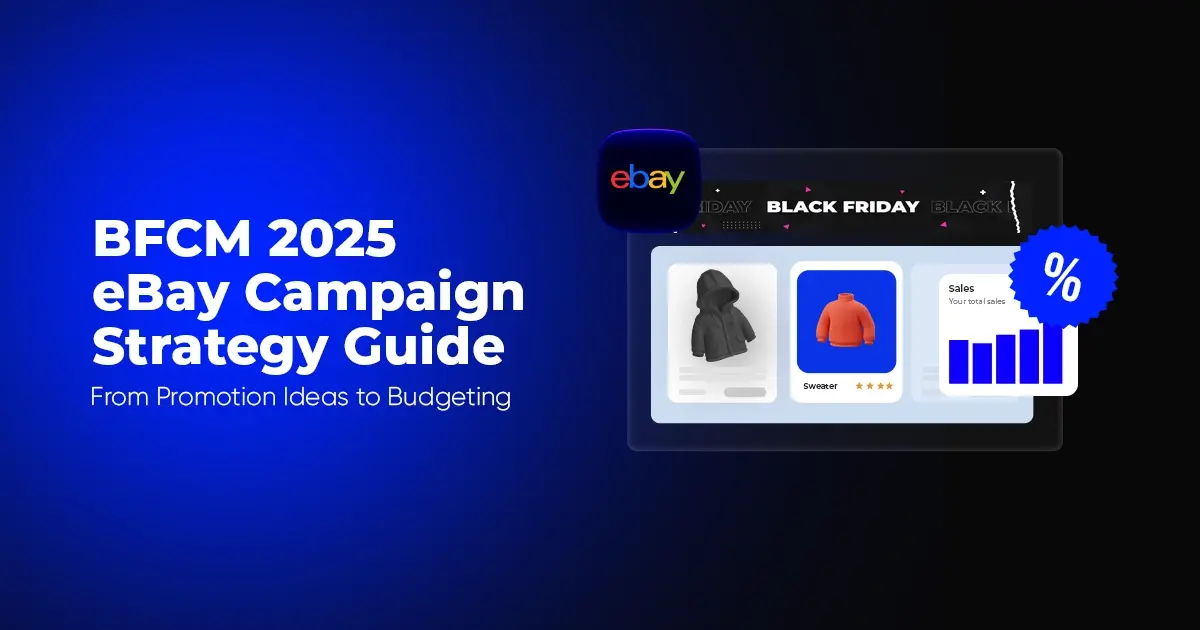
Reading Time: 10 minutesBlack Friday Cyber Monday (BFCM) isn’t a weekend anymore; it’s a two-month…

Reading Time: 2 minuteseBay is quietly testing a new feature that could reshape how buyers…

Reading Time: 2 minutesAmazon is stepping into a new era of value commerce with the…
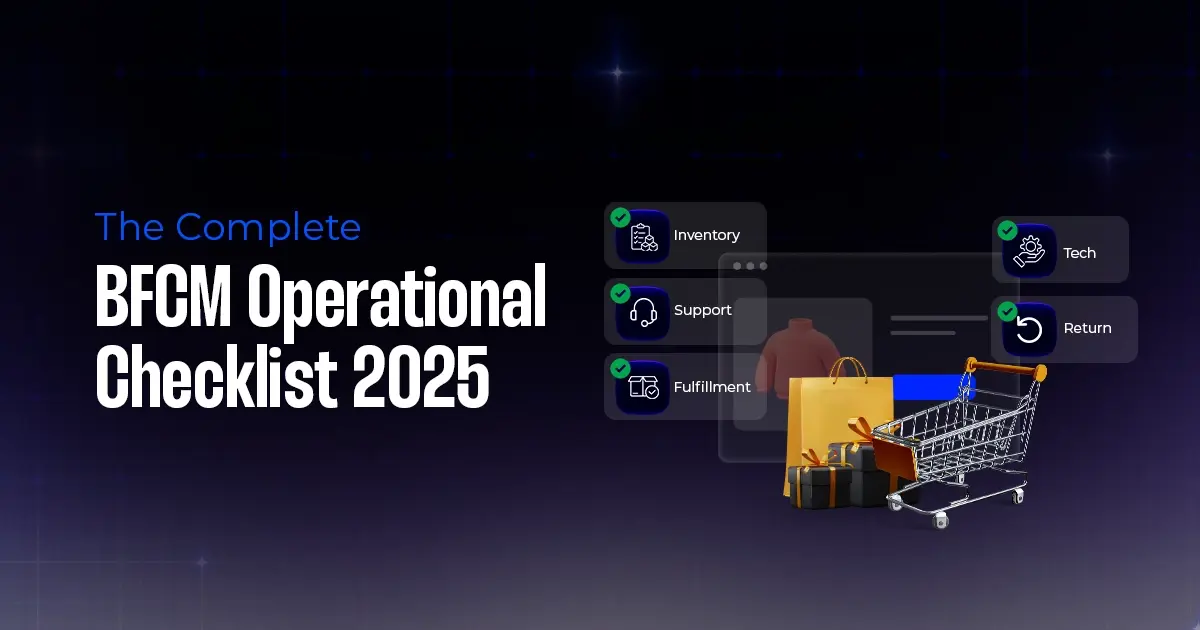
Reading Time: 11 minutesThe $240 Billion BFCM Opportunity & Why Operations Matter Every seller, business,…

Reading Time: 7 minutesTL;DR — Your 60-Second BFCM Battle Plan Time remaining: 3 weeks until…

Reading Time: 2 minutesChina’s Double 11 shopping festival — the world’s largest annual online retail…

Reading Time: 2 minutesAs the holiday season approaches, TikTok Shop has released its September 2025…

Reading Time: 3 minutesIn a continued effort to enable sellers and stimulate new product launches…
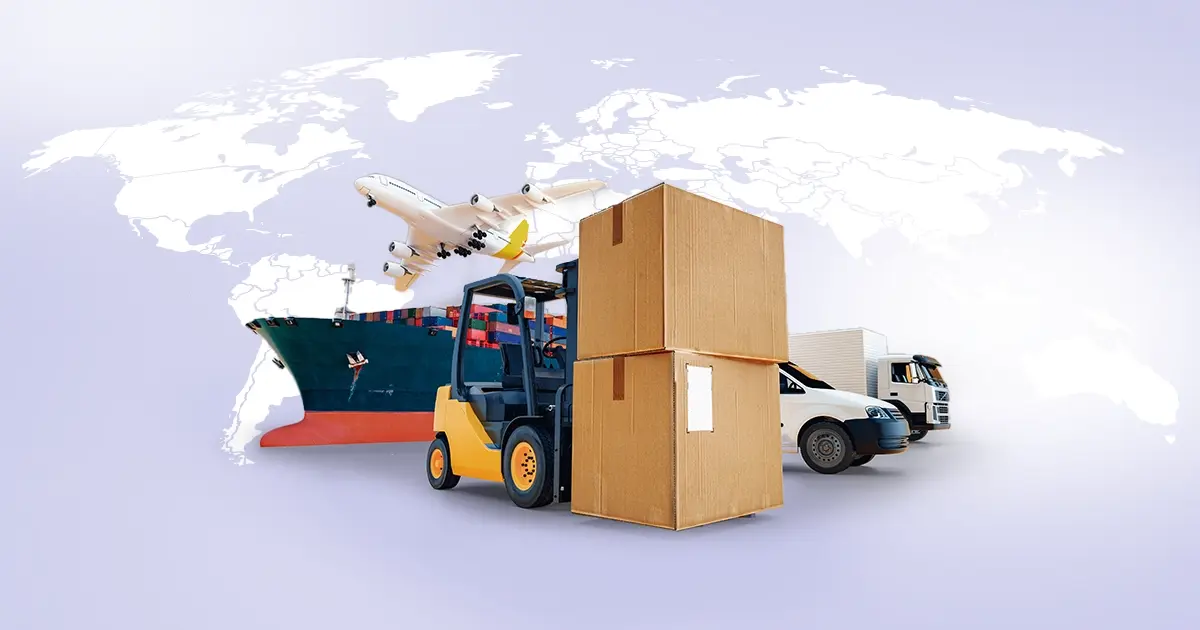
Reading Time: 2 minutesAs global trade enters a new phase of regulation and cost restructuring,…

Reading Time: 2 minutesOpenAI Turns to Amazon Web Services in $38 Billion Cloud Deal: What…
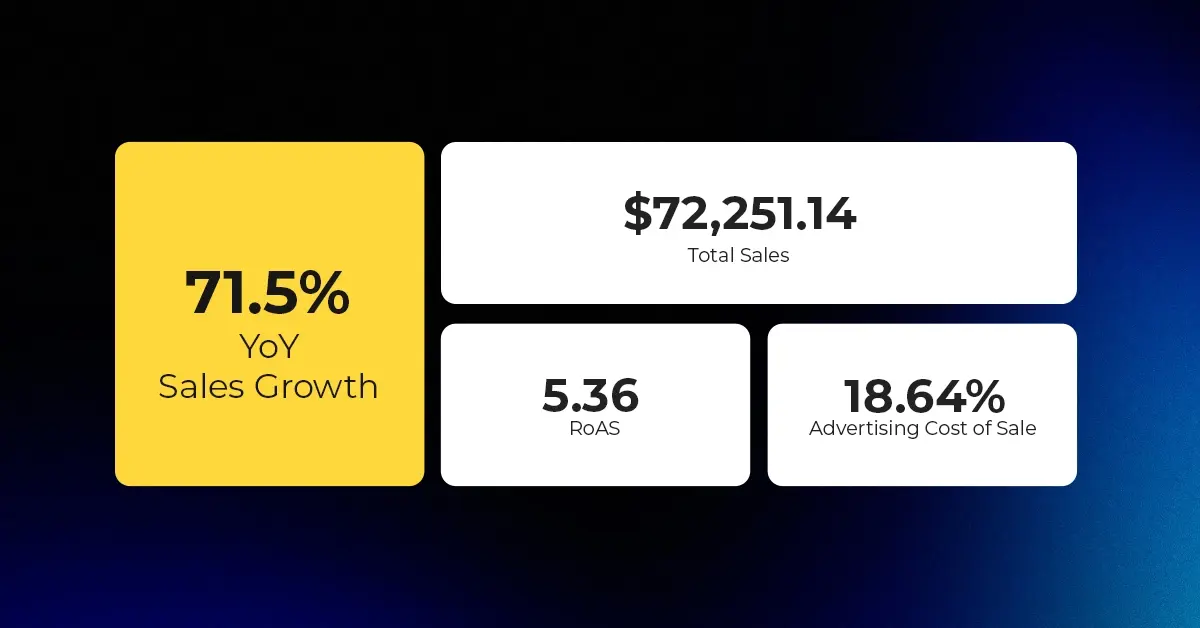
Reading Time: 4 minutesAbout the Client TMRG is a global health and wellness brand with…